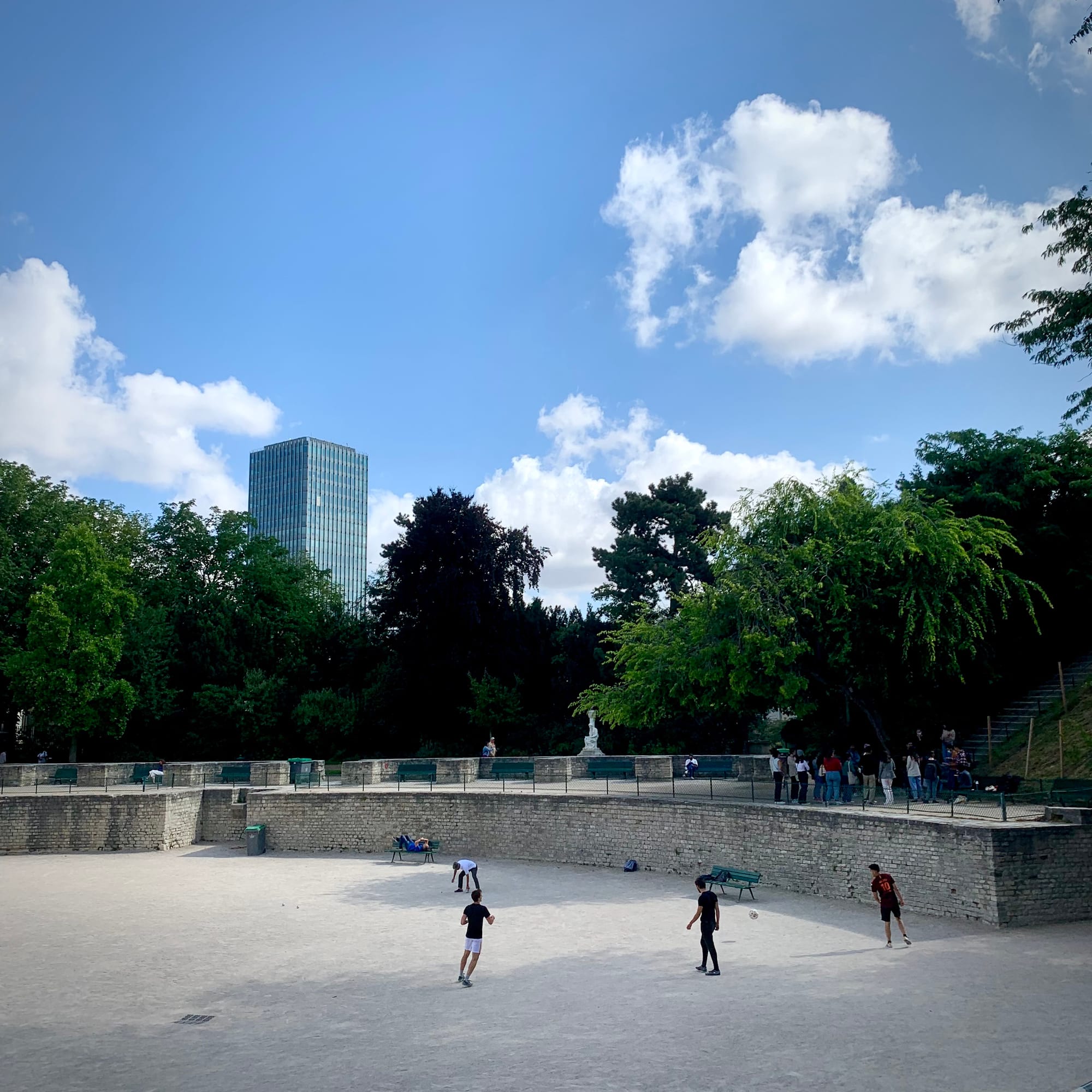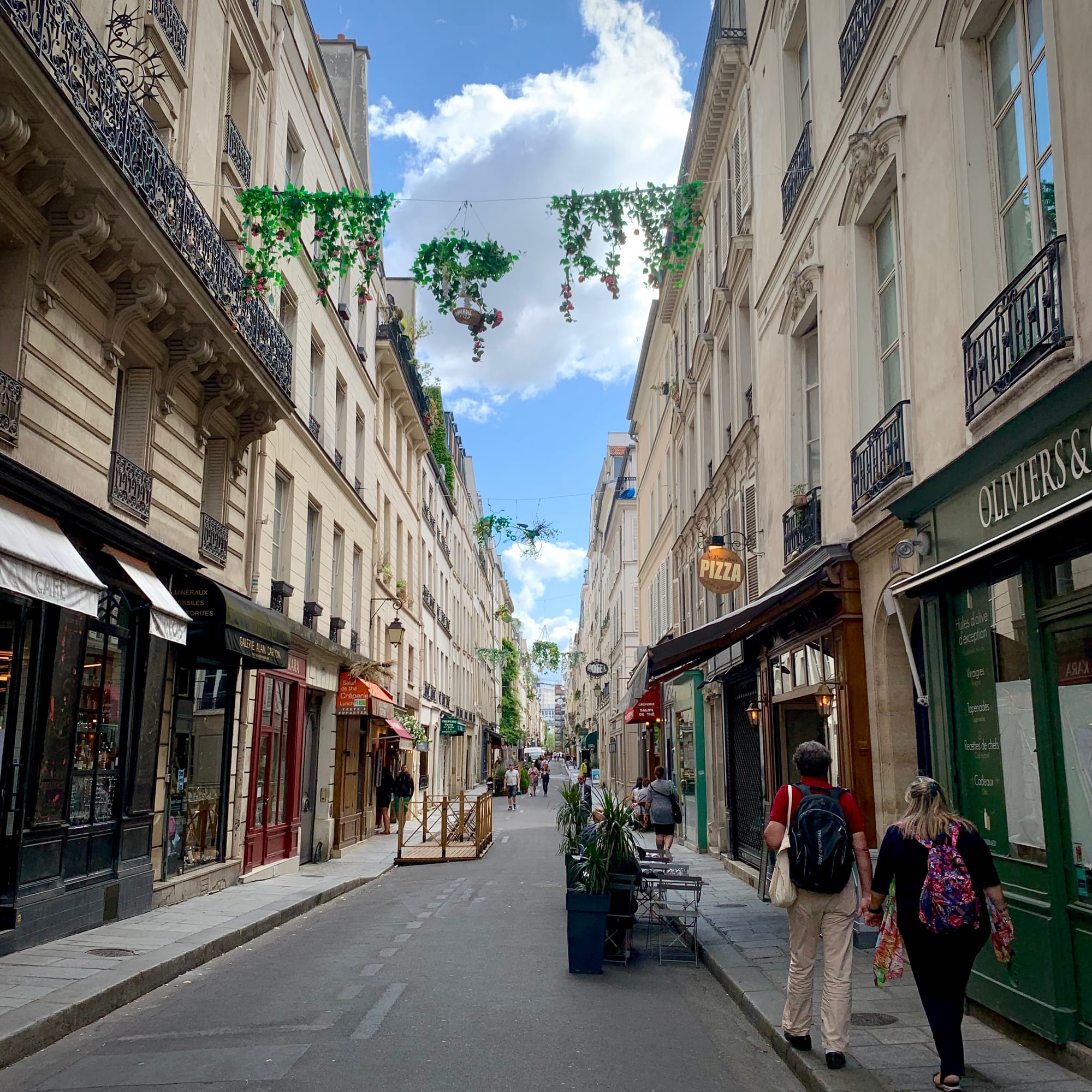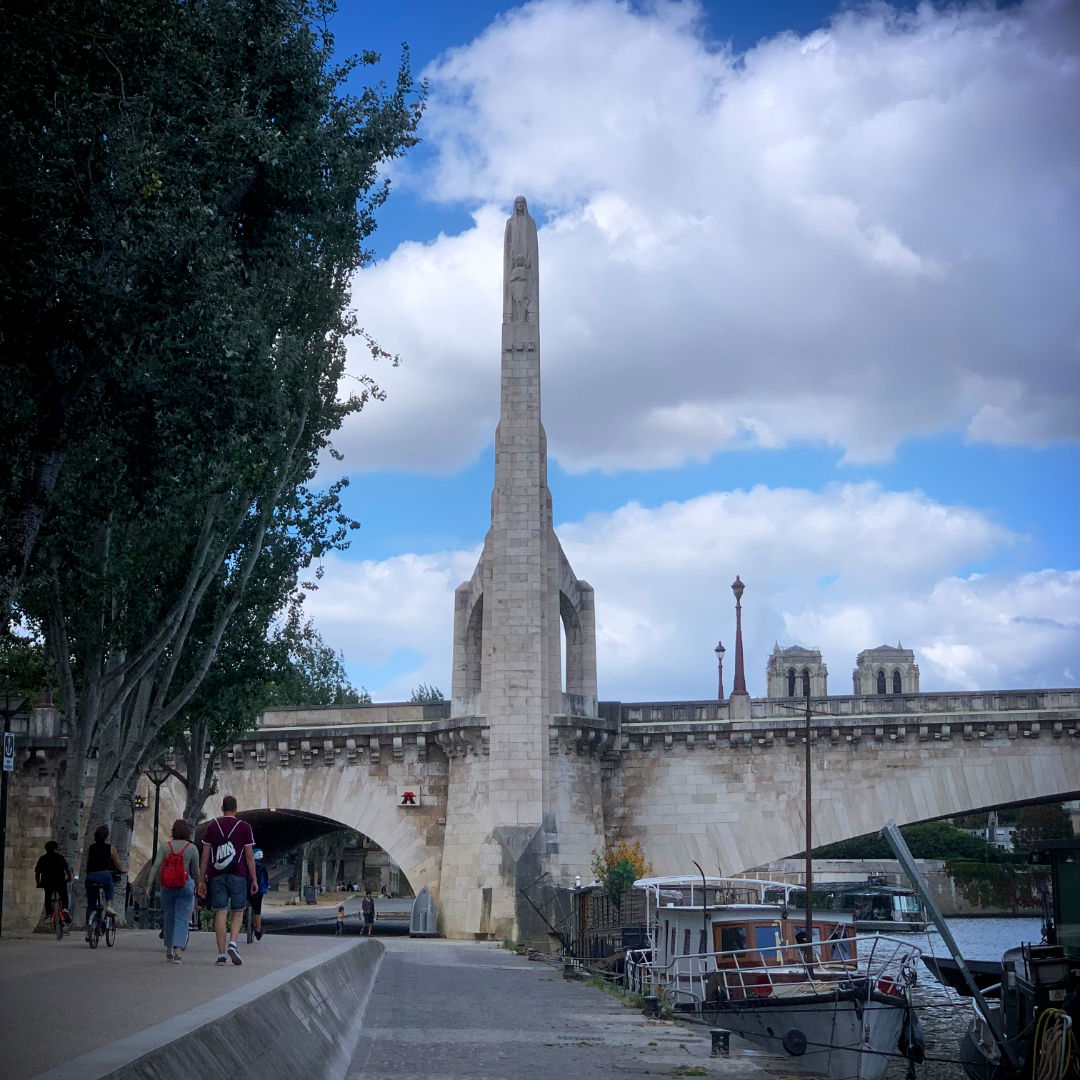Discover Paris : To the origins
Paris has many origins. On this walking tour, discover the architecture that has shaped the Parisian identity from antiquity to the present day. Along the way, you'll discover the Lutecia arenas, the Saint-Loui island, Cluny baths, the Sorbonne and the Pantheon. You'll also be spoilt for choice: Notre-Dame or Hôtel-Dieu? The choice is yours!
- Catégorie : In English
- Durée du service : 02:30 Heures
- Adresse: Arènes de Lutèce, Paris, France (Carte)
- Plus d'Informations: Leaving from the circus at the Arènes de Lutèce, access via rue Monge.
- Prix :240€
Description
Discover Paris : To the origins is an interactive tour where you can choose your own itinerary from among the choices I have for you in this loop that goes from the Lutetia arenas to the Lutetia arenas (yes, it's a loop!). Let yourself be guided to understand what makes Paris what it is, with the help of a passionate guide who'll teach you all you need to know about the sights that cross your path.
Lutecia Arenas : to the origins of Gallo-Roman Paris

This site is the meeting point for the first stage and the place where I'll be leaving you. It's an extremely symbolic meeting point, since you can't go any further back than the town's Gallo-Roman foundation. Ok, I'm cheating a bit, the town was probably founded before the Romans, during the Celtic occupation. But there's no denying that the Romanization of Lutetia laid the foundations for Paris's main streets, with their cardo and decumanum, and gave the city its splendor, with its great arena-amphitheaters, luxurious baths, forum, basilica and so on. At the origins of Paris, Lutetia first became a capital city, soon to be known as Paris...
The Pantheon, its square and the Sainte-Genevieve Library : buildings that shape the image of Paris
 This is our second stop! The Pantheon is an incredible building, because its architecture was already revolutionary at the time of its architect, Soufflot. This new church is radical, monumental, in the image of the royal vow. And revolutionary ideals have completely transformed it into a mausoleum for great men. This time, will you choose the story of the architectural program for the square of Pantheon or the Sainte-Genevieve Library? The square of Pantheon is interesting on several levels: because it completes Soufflot's vision for his church, because the revolutionaries wanted to plant it, and because today it's a reinvented pedestrian space. On the other hand, the Sainte-Genevieve Library is a pivotal piece of architecture that marks the beginning of modernism and rational architecture.
This is our second stop! The Pantheon is an incredible building, because its architecture was already revolutionary at the time of its architect, Soufflot. This new church is radical, monumental, in the image of the royal vow. And revolutionary ideals have completely transformed it into a mausoleum for great men. This time, will you choose the story of the architectural program for the square of Pantheon or the Sainte-Genevieve Library? The square of Pantheon is interesting on several levels: because it completes Soufflot's vision for his church, because the revolutionaries wanted to plant it, and because today it's a reinvented pedestrian space. On the other hand, the Sainte-Genevieve Library is a pivotal piece of architecture that marks the beginning of modernism and rational architecture.
The Sorbonne and the birth of the <span style="caret-color: rgb(250, 197, 28);">University</span> of Paris, and Cluny : the intellectual Paris
The Sorbonne is a good excuse to talk about the founding of the University of Paris, that incredible gathering of teachers and students in the 13th century. In the history of Paris, the University has had a lasting impact on the whole of the Left Bank, at the foot of Sainte Genevieve montait. Although the Sorbonne is now part of the University, it was originally a privately-founded college for the teaching of Theology.
Cluny is not to be overlooked either. Its history is marked by 3 periods. In Gallo-Roman times, Cluny was home to a popular spa. In medieval times, it was the mansion built for the abbots of the Cluny monastic order. Today, it's a museum, whose contemporary extension could be at odds with history, and which at the same time is part of an architectural ideology of erasure.
Notre-Dame de Paris, the Hotel-Dieu and Saint-Louis island : Haussmann's major urbanization upheavals and the creation of Historical Monuments

Notre-Dame de Paris or Hotel-Dieu? I've chosen to talk about the former in the context of the 19th century, as it's the monument most emblematic of the creation of the notion of "Historical Monument" and of heritage conservation. The Hotel-Dieu is also linked to the dynamics of the 19th century, and more specifically to urbanization under the tutelage of Prefect Haussmann.
Saint-Louis island is also an example of early urbanization, before the word "urban" even existed in the 17th century. From Louis XIII's ambition to sell blocks of the island to his entourage, it became the site of the prestigious private mansions. Today, the island is also known for its gastronomic heritage: ice cream, so much so that it is sometimes referred to as "the ice-cream island".
The Tournelle bridge, the World Arabic Institute and Jussieu university campus : saint Genevieve de Paris and Parisian identity through its modern architectural influence
 The Pont de la Tournelle is interesting for several reasons. It's a 20th-century bridge that uses concrete in a historic district. How can you hide the use of concrete? It's also famous for its monumental statue of Saint Genevieve, sculpted by Landowski, an artist who played a major role in Parisian public commissions, but who has been somewhat forgotten by popular culture.
The Pont de la Tournelle is interesting for several reasons. It's a 20th-century bridge that uses concrete in a historic district. How can you hide the use of concrete? It's also famous for its monumental statue of Saint Genevieve, sculpted by Landowski, an artist who played a major role in Parisian public commissions, but who has been somewhat forgotten by popular culture.
On its outskirts are two monuments emblematic of the modern origins of Paris: the Jussieu Campus and the World Arabic Institute. Which one will you choose? The Jussieu Campus is part of the André Malraux dynamic and the commissioning of young architects in Paris. The World Arabic Institute, on the other hand, is part of Mitterand's major projects to promote international architecture in France.
A little extra, if you want to discover my visits. These videos are :
- The trailer of the tour ;
- An added-value to the tour, if you want to go further or if you want to discover those subjects. My advice is to activate subtitles to understand what I can say in French.
Practical informations
Duration: 2h30
Meeting point: "Arènes de Lutèce" (Enter by "49 rue Monge") — Then, look for my flag!
Tarif: 205€ — The price takes into account the translation effort.
Language: In English.
Accessible to people with reduced mobility.